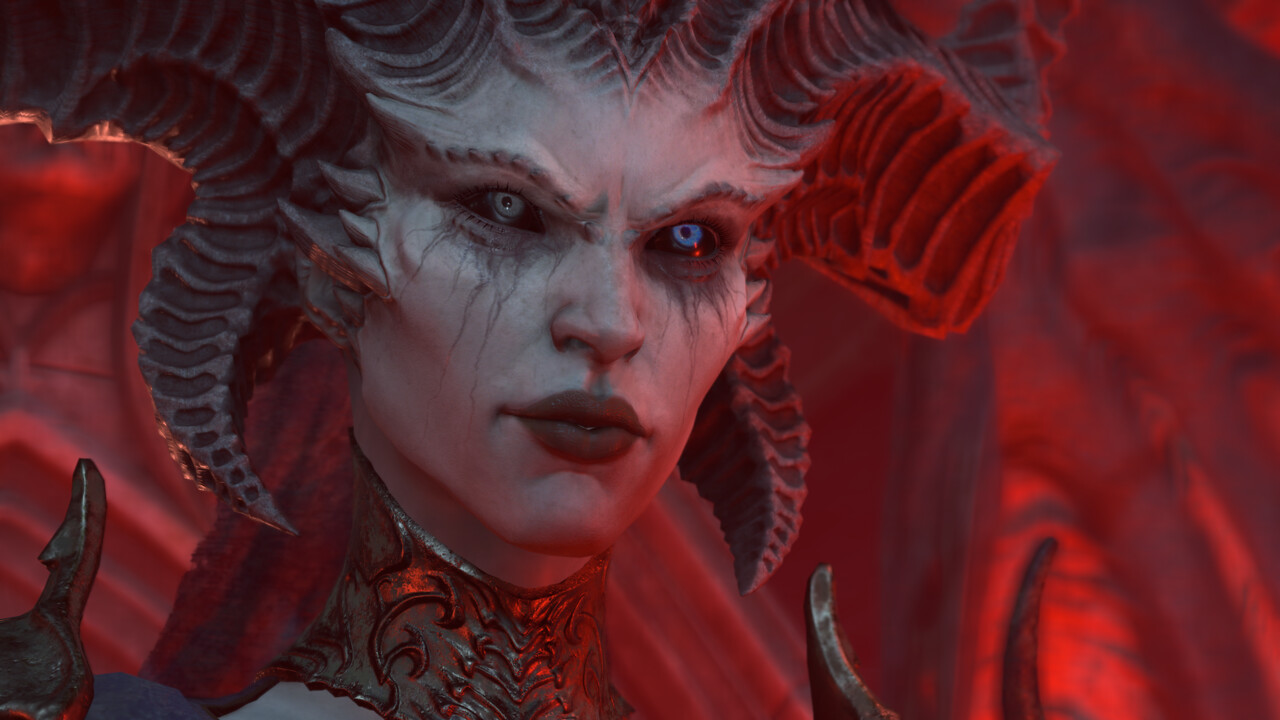In Cyberpunk 2077, the DLSS, DLAA, XeSS and FSR 2.1 implementations all use a sharpening filter in the render path, and the game gives the user the ability to tweak the sharpening values through separate sliders. Each upscaling solution is using different sharpening values set by the developers, but in the FSR 2.1 implementation, even when sharpening is set to the 0 value, some level of sharpening is still applied in the FSR 2.1 render path. During this round of testing, we used the zero value for the DLSS, DLAA, XeSS and FSR 2.1 sharpening filters. What's also important to note is that before the RT Overdrive patch, sharpening filters in the DLSS render path caused negative side effects in this game, such as excessive shimmering in motion, but with the latest version of DLSS now implemented, the developers fixed all issues with the sharpening filters in the DLSS render path and implemented their own sharpening solution for DLSS and DLAA, which works very well.
XeSS comes with three upscaling kernels that are optimized for various architectures. The first is the kernel that gets used on Intel Arc GPUs with XMX engines. This is the most advanced model too, that not only performs better in terms of FPS, but also offers the best upscaling quality, Intel calls this the "Advanced XeSS upscaling model." Intel also provides an optimized kernel for Intel Integrated Graphics, and another compatibility kernel, used for all other architectures that support Shader Model 6.4, e.g. all recent AMD and NVIDIA cards. These use the "Standard XeSS upscaling model," which is somewhat simpler, with lower performance and quality compared to what you get on Arc GPUs (we use the compatibility model on our RTX 4080). If DP4a instructions aren't available, as on the Radeon RX 5700 XT, slower INT24 instructions are used instead.
The in-game TAA solution has very poor rendering of small object detail—thin steel objects and power lines, tree leaves, and vegetation in general. The in-game TAA solution also has shimmering issues on the whole image, even when standing still, and it is especially visible at lower resolutions such as 1080p, for example. All of these issues with the in-game TAA solution are resolved when DLAA, DLSS or XeSS are enabled, due to the better quality of their built-in anti-aliasing solution. Also, the sharpening filters in the DLAA, DLSS and XeSS render path can help to improve overall image quality. With DLSS and XeSS you can expect an improved level of detail rendered in vegetation and tree leaves in comparison to the in-game TAA solution. Small details in the distance, such as wires or thin steel objects, are rendered more correctly and completely in all Quality modes. With DLAA enabled, the overall image quality improvement goes even higher, rendering additional details, such as higher fidelity hair for example, compared to the in-game TAA solution, DLSS and XeSS. Also, both DLSS 3.1 and XeSS 1.1 handle ghosting quite well, even at extreme angles.
The FSR 2.1 implementation comes with noticeable compromises in image quality—in favor of performance in most sequences of the game. We spotted excessive shimmering and flickering on vegetation, tree leaves and thin steel objects; they are shimmering even when standing still and it is visible even at 4K FSR 2.1 Quality mode, which might be quite distracting for some people. Once you're switching from FSR 2.1 Quality mode to Balanced or Performance, the whole image will start to shimmer even more. The anti-aliasing quality is also inferior, as the overall image has more jagged lines in motion, especially visible behind cars while driving through the world and in vegetation. Also, in the current FSR 2.1 implementation ghosting issues are worse than both DLSS and XeSS at day time, and it is even more pronounced when there is a lack of lighting in the scene, as the FSR 2.1 image may have some black smearing behind moving objects at extreme angles.
The NVIDIA DLSS Frame Generation implementation is excellent in this game, the overall image quality is mostly impressive. However, there's also a few important issues of note. We spotted excessive ghosting on shadows in motion, specifically behind cars when driving through the world and on main character shadows. The visibility of these ghosting issues will vary depending on the scene, time of day and your framerate. For example, these ghosting issues are more visible at 60 FPS, whereas at 120 FPS they are way less noticeable. The DLSS Frame Generation implementation in the current state also has some issues with the in-game on-screen UI, specifically the mini-map, which had a very jittery look in motion. Interestingly, you can fix these jittering issues by manually downgrading the DLSS Frame Generation version from 3.1.1 to 1.0.7.
Speaking of performance, the XeSS implementations usually have around 10-13% lower performance gain while using the compatibility kernel instruction set that works with all GPU architectures, when compared to competing upscaling solutions from NVIDIA and AMD. However, in Cyberpunk 2077, the DLSS, FSR 2.1 and XeSS 1.1 upscalers are practically identical in terms of performance gain over native TAA across all resolutions. For XeSS 1.1 especially it is a quite welcome upgrade to receive improved performance gains while using the DP4a instruction set, while also producing image quality better than FSR 2.1 with essentially the same performance. Overall, the DLSS, XeSS and FSR 2.1 performance uplift at 4K and 1440p is a great improvement to the game, you can expect almost doubled performance in "Quality" mode, with all graphics settings maxed out, helping to cushion the performance penalty of enabling path tracing. Interestingly, when using the DLAA solution, the performance across all resolutions is identical to the TAA solution.








 Sorry I forget, it's such a hardship to switch out dlss version
Sorry I forget, it's such a hardship to switch out dlss version 







